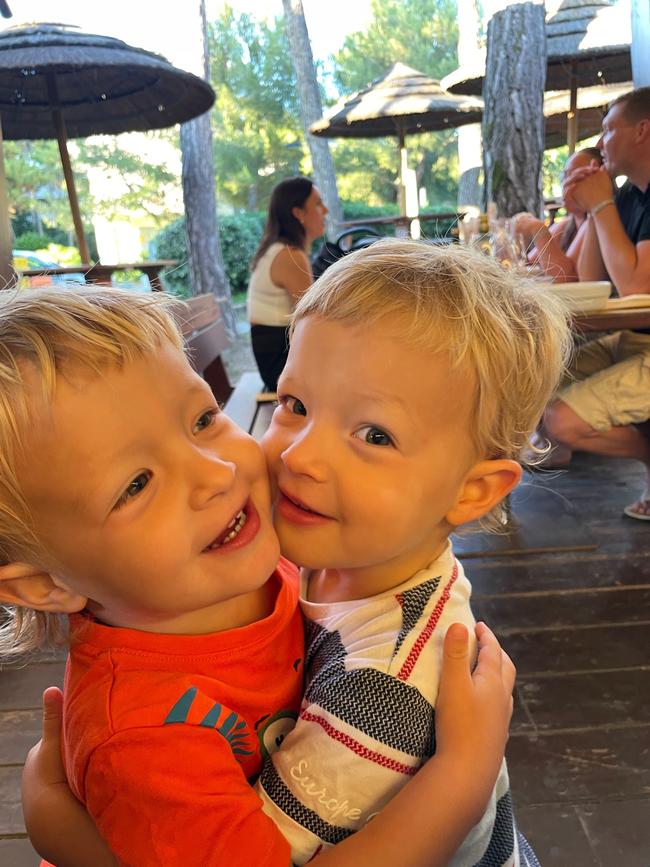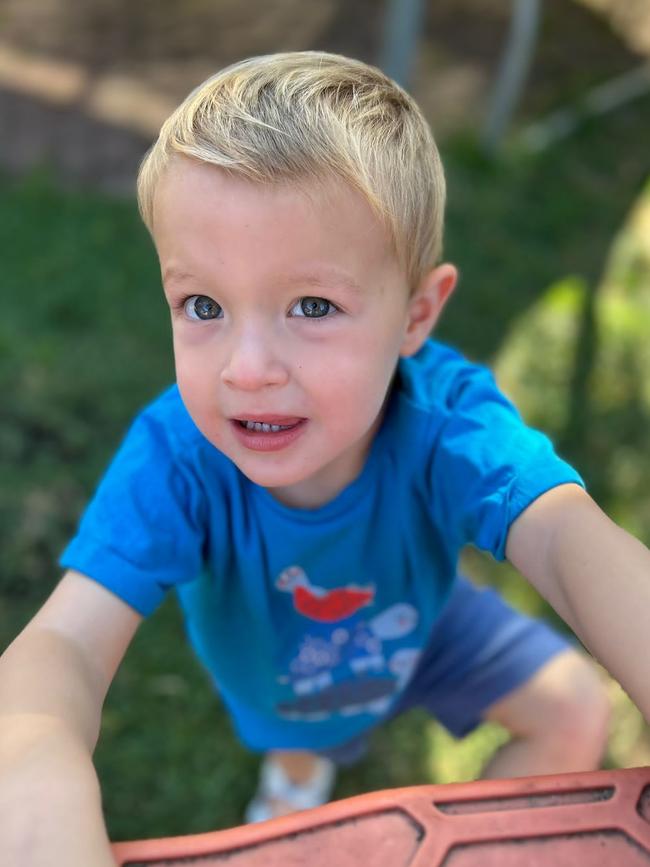Patients needing lifesaving bone marrow transplants must search for donors overseas
People suffering from life-threatening diseases such as blood cancer are increasingly reliant on donors living overseas to facilitate lifesaving treatments.
SA News
Don't miss out on the headlines from SA News. Followed categories will be added to My News.
South Australians suffering with life-threatening conditions must rely on overseas donors to provide means to lifesaving treatments.
Patients suffering with a range of conditions including blood cancers and some immune system diseases like hemophagocytic lymphohistiocytosis, which toddler twins Samuele and Leonardo will likely need to rely on overseas bone marrow donations to survive.
In 2023, out of 1100 new Australian patients only around 50 per cent found a donor within their family – the rest needed to rely on the generosity of a total stranger.


Kate Levy, a spokesperson from the Australian Bone Marrow Donor Registry, said last year 418 Australian patients received a bone-marrow transplant, commonly known as a stem cell transplant, from unrelated donors.
“82 per cent of these donors were located overseas due to not being able to find an appropriate donor in Australia,” she said.
“This is compared to an average of 38 per cent for global registries.
“This significant disparity is why we are proactively working on increasing the number of donors on the Australian registry and ensuring that they reflect the multicultural mix of Australia’s population.”


Furthermore the number of patients searching for bone marrow donors has increased by 15 per cent in only a year.
“This is primarily because the instances of blood cancer in Australia are increasing,” Ms Levy said.
“For someone to undergo a stem cell transplant means preparing for a procedure that’s both high stakes and potentially lifesaving.
“(It) is a treatment where damaged or diseased cells are replaced with healthy cells from a donor. For these transplants to be successful, it’s crucial to have a close tissue match between the donor and the patient.
“A stem cell transplant is often the patient’s best chance of long-term survival, but it can be risky. Commonly, clinicians will try other treatments, such as chemotherapy or radiotherapy, before moving to a transplant.”


90 per cent of bone marrow donations are collected through a peripheral blood stem cell donation, which, according to Ms Levy is akin to a long blood donation.
“This method involves taking blood from the donor, separating out the stem cells, and returning the remaining blood back into the donor’s body,” she said.
“The remaining 10 per cent of donations are under general anaesthetic and involve taking a small amount of bone marrow from the donor’s hip and are commonly chosen for when the patient is a baby or infant.”
Those between the ages of 18 and 35 can become a potential bone marrow donor by ordering a home-delivered cheek swab kit at strengthtogive.org.au.
More Coverage
Originally published as Patients needing lifesaving bone marrow transplants must search for donors overseas





